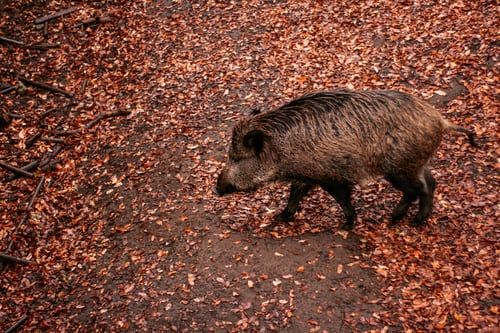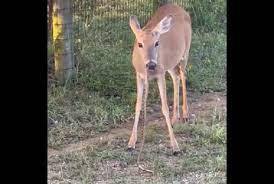World’s smallest pigs, the Pygmy hogs have been thriving on the foothills of the Himalayas in Assam, National Geographic reports. This species of pigs was considered extinct until being rediscovered in 1971. Conservationists bred them through the 1990s and the pigs have multiplied in numbers.
Also read: Scientist discover chocolate frog in New Guinea
An adult pygmy hog is 10 inches tall, which is the size of a mobile tablet. Scientifically known as Porcula salvania, the animal is native to the alluvial grasslands on the foothills of the Himalayas
Even after making a comeback after being considered extinct, these pigs are considered endangered.
“Due to a small wild population, estimated at less than 250 individuals, and a highly restricted range, the pygmy hog is currently listed as ‘critically endangered’ on the IUCN Red List of Threatened Species,” Pygmyhog.org says.
Also read: Rare antelope population has doubled since 2019: Kazakhstan
Dark brownish-black in colour, an average adult pygmy hog weighs no more than 22 pounds, National Geographic reports.
The report further adds that the pygmy hog pigs were bred in captivity before being released in Assam. After conservation, their numbers have gone up to 300-400 in the wild. Seventy-six of them are still in captivity.
Some of these pigs were released in the Manas and Orang national parks and some in Barandi and Sonai Rupai national sanctuaries in Assam.
Also read: After 112 years in hiding, ‘extinct’ giant tortoise found in the Galapagos
As many as 130 pigs were released in these locations between 2008 and 2020, National Geographic states.
“It’s very important for me to keep going and save this species from extinction. We should all look for a purpose in life. When I got involved in this project, I realized this can give me that purpose,” Parag Deka, the project director of the Pygmy Hog Conservation Programme, based in Guwahati, told National Geographic.







